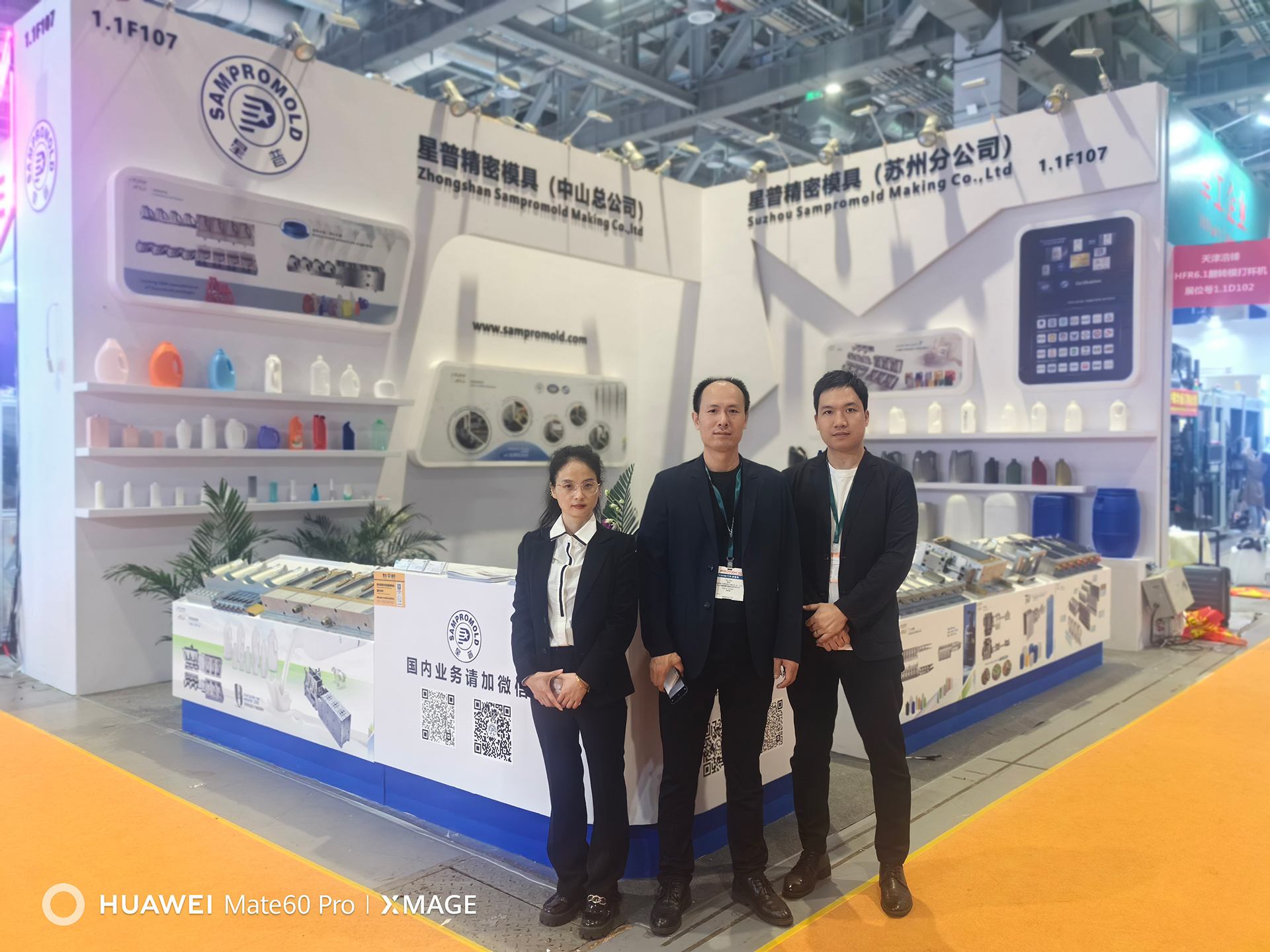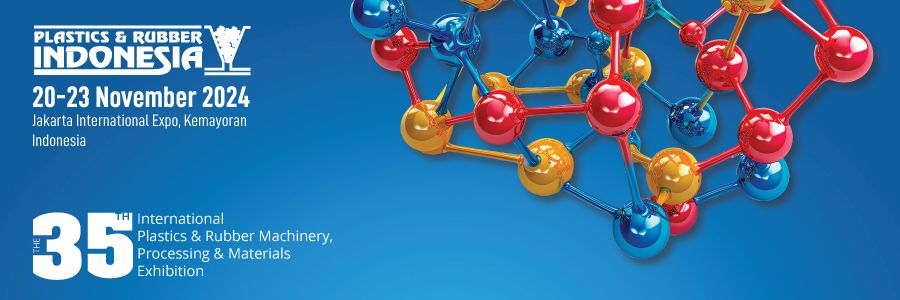Unlocking Manufacturing Efficiency: How Customized Silicone Injection Molds Revolutionize Production
Time:
2025-03-15
1. Introduction to Silicone Injection Molding
Silicone injection molding has emerged as a revolutionary process in modern manufacturing, offering unparalleled flexibility and efficiency. This technique involves injecting liquid silicone rubber (LSR) into a mold, where it cures to form precise components. As industries strive for higher productivity and lower production costs, the demand for silicone injection molds has surged. Customized solutions are at the forefront of this trend, allowing manufacturers to tailor their molds to specific needs and applications.

2. The Importance of Customization in Manufacturing
Customization plays a pivotal role in maximizing the efficiency of manufacturing processes. It enables companies to meet unique product specifications and market demands effectively.
2.1 Tailored Solutions for Diverse Applications
Different industries have varying requirements when it comes to silicone components. From intricate designs in consumer electronics to robust parts in automotive applications, customized molds facilitate the production of specialized products that meet specific performance criteria. This adaptability ensures that manufacturers can provide tailored solutions that resonate with market needs.
2.2 Cost Efficiency Through Customization
While off-the-shelf molds can serve basic purposes, investing in customized silicone injection molds can lead to significant cost savings in the long run. Tailored molds reduce material waste, improve cycle times, and enhance overall productivity, ultimately leading to a lower cost per unit.
3. Understanding the Silicone Injection Molding Process
To fully appreciate the benefits of customized silicone injection molds, it is essential to understand the underlying molding process.
3.1 Key Stages of Silicone Injection Molding
The silicone injection molding process consists of several key stages:
1. Material Preparation: High-quality liquid silicone rubber is prepared for molding.
2. Injection: The LSR is injected into a pre-heated mold under pressure.
3. Curing: The silicone cures within the mold, solidifying into the desired shape.
4. Demolding: The finished part is carefully removed from the mold.
5. Post-Processing: Additional finishing may be required, such as trimming or surface treatment.
Each stage is critical to ensuring the production of high-quality silicone components that meet stringent industry standards.
3.2 Equipment and Technology Used in Silicone Molding
The success of silicone injection molding heavily relies on advanced equipment and technology. Specialized injection molding machines, precise temperature control systems, and automated demolding tools significantly enhance production efficiency. Additionally, the integration of Industry 4.0 technologies, such as IoT and AI, allows manufacturers to monitor and optimize their processes in real-time.
4. Benefits of Customized Silicone Injection Molds
Customized silicone injection molds offer a myriad of advantages that can transform manufacturing efficiency.
4.1 Enhanced Production Efficiency
Customized molds are designed to streamline the production process. By incorporating specific design features that align with product requirements, manufacturers can minimize cycle times and increase output. Additionally, optimized mold designs reduce the risk of defects, leading to fewer reworks and higher overall efficiency.
4.2 Improved Product Quality and Consistency
One of the most significant benefits of using customized silicone injection molds is the consistent quality of the produced parts. Tailoring molds to meet exact specifications reduces variability in production, ensuring that each component meets the required standards. This consistency is vital in industries such as healthcare and automotive, where safety and reliability are paramount.
5. Challenges in Silicone Injection Molding and How to Overcome Them
Despite its advantages, silicone injection molding is not without challenges. Recognizing these hurdles and implementing effective strategies can enhance production outcomes.
5.1 Identifying Common Challenges
Manufacturers often encounter challenges such as:
- Material Selection: Choosing the wrong type of silicone can affect product performance.
- Mold Design Complexity: Intricate designs may lead to longer production times and higher costs.
- Curing Issues: Inconsistent curing can result in defects or compromised product integrity.
5.2 Strategies for Successful Implementation
To mitigate these challenges, manufacturers should:
- Invest in Research and Development: Understanding the latest advancements in materials and processes can inform better decisions.
- Collaborate with Experienced Mold Makers: Partnering with experts in mold design can lead to more efficient and effective solutions.
- Implement Quality Control Measures: Establishing rigorous testing protocols can help identify defects early in the production process.
6. Real-World Applications of Customized Silicone Injection Molds
Customized silicone injection molds have found applications across various industries, demonstrating their versatility and effectiveness.
6.1 Automotive Industry Innovations
In the automotive sector, customized silicone components are utilized for gaskets, seals, and various other parts that require durability and resistance to extreme conditions. These molds ensure that automotive components meet strict safety and performance standards while enhancing the lifespan of the products.
6.2 Healthcare Sector Applications
The healthcare industry heavily relies on silicone injection molding for the production of medical devices and components. Custom molds allow manufacturers to create precise and biocompatible parts, essential for ensuring patient safety and device efficacy. Applications range from surgical tools to drug delivery systems, showcasing the critical role of silicone molds in healthcare innovation.
7. Future Trends in Silicone Injection Molding
As industries continue to evolve, so too does the technology behind silicone injection molding. Emerging trends include:
- Sustainability Initiatives: Manufacturers are increasingly focusing on eco-friendly materials and processes to reduce their environmental impact.
- Advanced Automation: The integration of robotics and AI in silicone molding processes is streamlining production and minimizing human error.
- Customization at Scale: The rise of additive manufacturing technologies is enabling higher levels of customization in mold designs, allowing for greater flexibility in production.
Customized silicone injection molds are revolutionizing production efficiency across various industries. By offering tailored solutions that enhance production processes, improve product quality, and overcome common manufacturing challenges, these molds represent a significant advancement in manufacturing technology. As businesses look to innovate and optimize their operations, investing in customized silicone injection molds will undoubtedly prove to be a game changer. Embracing these advancements not only positions manufacturers for success but also opens the door to new possibilities in product development and market competitiveness.
RELATED NEWS













